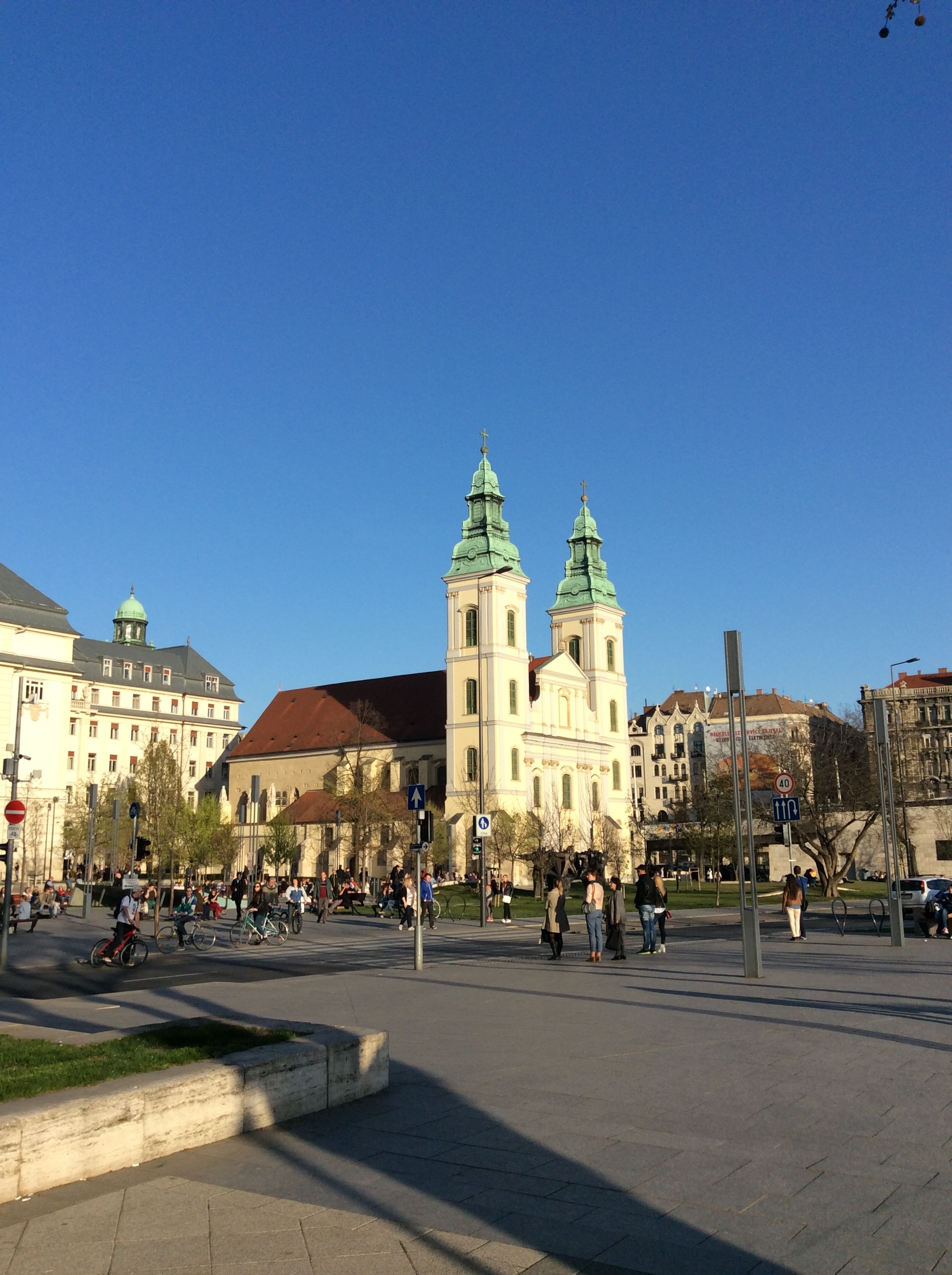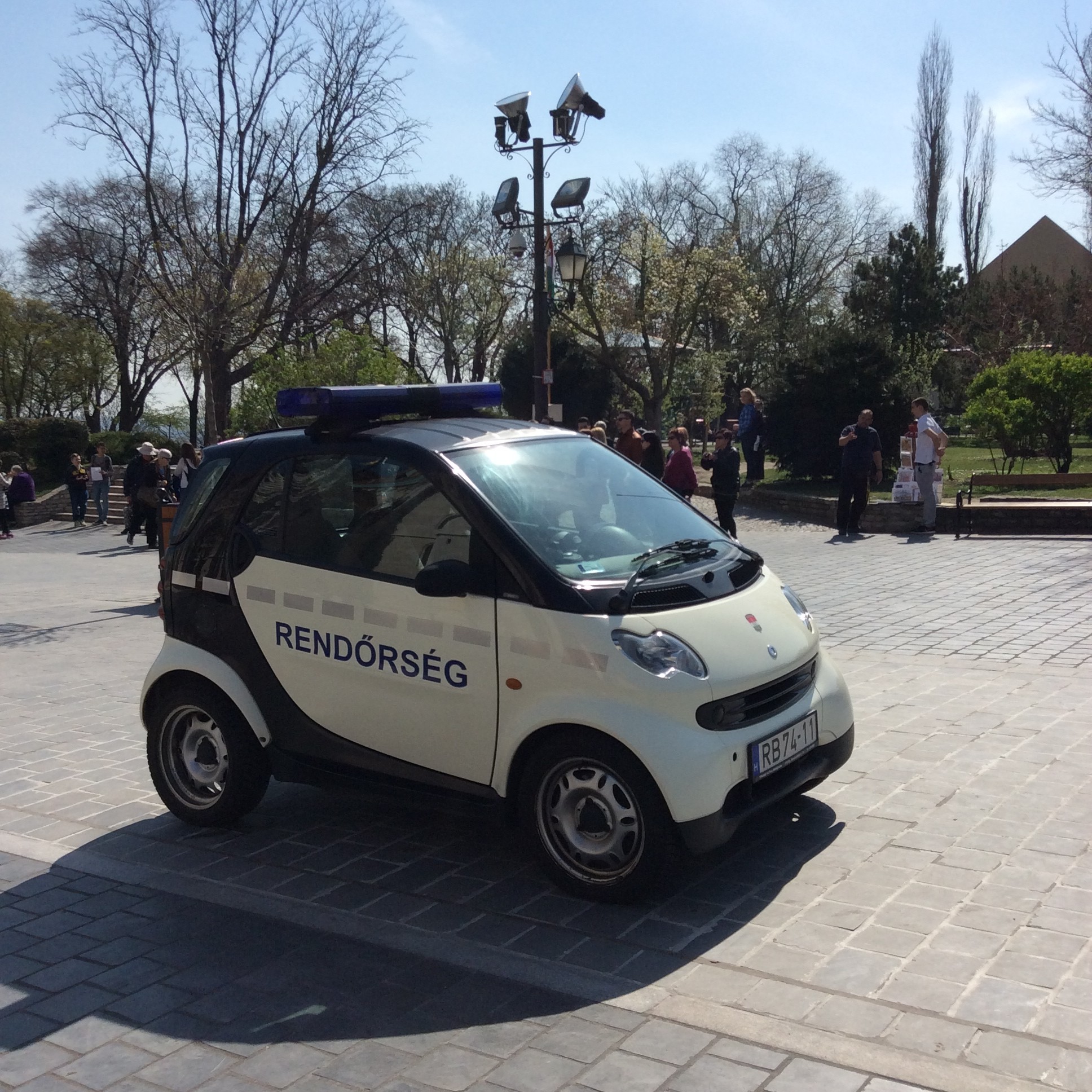The Eastern European Research Trip – Language!
Since about 2001, I’ve been studying a re-constructed language that is considered the mother tongue of most European languages. Linguists tell us that more than 400 languages have their roots in that ancient Indo-European tongue. You might enjoy seeing a map that puts that all into perspective:
As I write my novel BONE FIRE, I have used the reconstructed Indo-European — mainly its mental concepts — as a basis for one of the novel’s two “voices.” (The inner voice of Jorn, the major male character in the novel.) I’ve relied on Icelandic sagas to help me develop a rhythm for this voice.
The voice of a novel is that invisible person you hear in your head, telling you the story as you read it.
One of my goals on our Eastern Europe trip was to listen to the Hungarian language as spoken by native speakers to consider whether or not I could use it as a basis for the other major “voice” in my novel, that of the main woman character, Awna. Why Hungarian? Hungarian is one of the few European languages that is NOT a descendant of the Indo-European mother tongue.
On our research trip, the first time I heard Hungarian spoken, I knew it was the language I needed. To my ears, as a native English speaker, Hungarian sounds very musical, non-gutteral, and lacy. It’s beautiful.
To my delight, one of the first people we met in Hungary was Sylvia Hahn-Griffiths, a young woman raised in the US, but whose mother was Hungarian. Sylvia’s first language was Hungarian, English her second.
 (Photo used with permission of Sylvia Hahn-Griffiths)
(Photo used with permission of Sylvia Hahn-Griffiths)
Sylvia patiently answered my many questions and even sang a children’s song (several times at my request!) to help me imprint the sounds of the language into my brain. Thank you, Sylvia! She also explained that most Americans mispronounce the name Budapest. In the Hungarian language, the s in pest takes on the sound of an sh. Say Budapest aloud a couple of times both ways and notice how much the word softens to your ears when you say pesht instead of pest. For me, that worked as a much-simplified illustration of the “music” inherent in the Hungarian language.
Of course, I will be studying books about the language, but, because I live in the US, I’m limited in being able to hear it spoken. To further imprint the language on my brain, Neil and I simply wandered through the streets of Budapest, listening. What fun!
Neil is standing in front of the Fisherman’s Bastion (Halászbástya in Hungarian). Historically, over hundreds of years, this area of Budapest was defended from mauraders by the Guild of Fishermen. This structure was built between 1890 and 1905.
More wandering:
Another example of Baroque architecture.
On Monday (May 6) I hope you’ll come with us on board our Viking River Ship to begin a cruise down the lower Danube River as we visit Croatia, Serbia, Bulgaria, and Romania. Can’t wait to take you along!
Happy Traveling!
Sue





Love to read your story. Enjoy